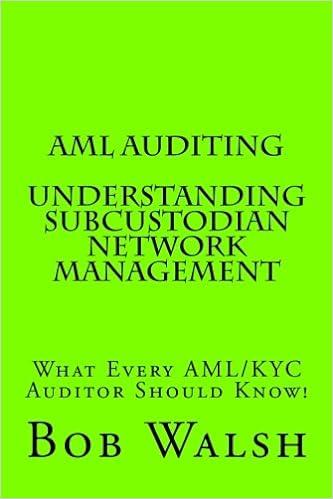You are engaged in an audit of the Roche Mfg. Company for the year ended December 31, 2016. To reduce the workload at year-end, the
You are engaged in an audit of the Roche Mfg. Company for the year ended December 31, 2016. To reduce the workload at year-end, the company took its annual physical inventory under your observation on November 30, 2016. The company's inventory account, which includes raw materials and work in process, is on a perpetual basis, and it uses the first-in, first-out method of pricing. It has no finished goods inventory. The company's physical inventory revealed that the book inventory of $61140 was understated by $2330. To avoid distorting the interim financial statements, the company decided not to adjust the book inventory until year-end except for obsolete inventory items. Your audit revealed this information about the November 30 inventory:
Pricing tests showed that the physical inventory was overpriced by $1180.
Footing and extension errors resulted in a $160 understatement of the physical inventory.
Direct labor included in the physical inventory amounted to $8430. Overhead was included at the rate of 200% of direct labor. You determined that the amount of direct labor was correct and the overhead rate was proper.
The physical inventory included obsolete materials recorded at $320. During December, these materials were removed from the inventory account by a charge to cost of sales.
Your audit also disclosed the following information about the December 31, 2016 inventory.
Total debits to certain accounts during December are:
| December | ||
|---|---|---|
| Purchases | $26400 | |
| Direct labor | 11680 | |
| Manufacturing overhead expense | 24520 | |
| Cost of sales | 66320 | |
The cost of sales of $66320 included direct labor of $12630.
Normal fragment loss on established product lines is negligible. However, a special order started and completed during December had excessive fragment loss of $530, which was charged to Manufacturing Overhead Expense.
Required:
1. Compute the correct amount of the physical inventory at November 30, 2016.
| Inventory per books | $ | ||
| Physical inventory, per client | $ | ||
| Total | $ | ||
| $ | |||
| Corrected physical inventory at November 30, 2016 | $ |
2. Without prejudice to your solution to Requirement 1, assume that the correct amount of the inventory at November 30, 2016 was $56120. Compute the amount of the inventory at December 31, 2016.
| Corrected physical inventory at November 30 | $ | ||
| $ | |||
| Inventory of materials at November 30 | $ | ||
| Total material available | $ | ||
| $ | |||
| $ | |||
| Total | $ | ||
| Total | $ | ||
| Materials inventory at December 31 | $ | ||
| $ | |||
| Inventory at December 31, 2016 | $ | ||
Step by Step Solution
There are 3 Steps involved in it
Step: 1

See step-by-step solutions with expert insights and AI powered tools for academic success
Step: 2

Step: 3

Ace Your Homework with AI
Get the answers you need in no time with our AI-driven, step-by-step assistance
Get Started


